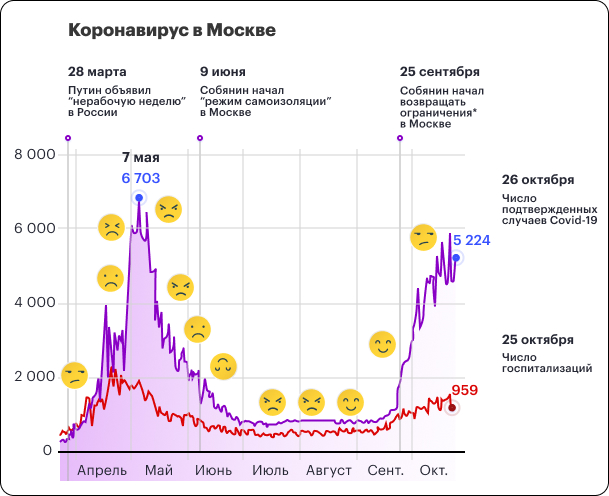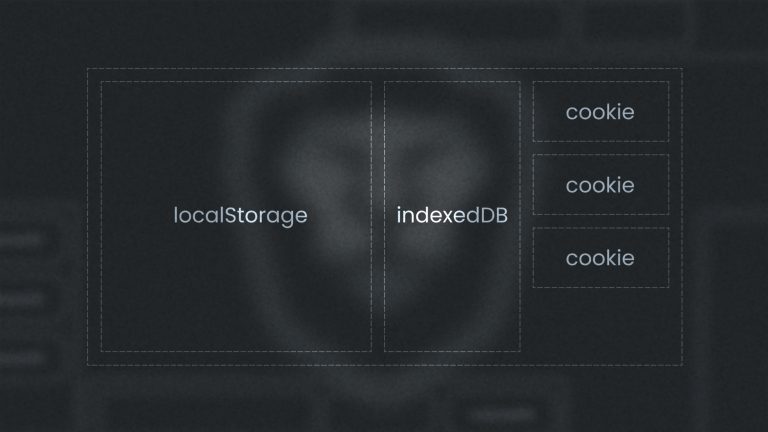To implement or not to implement
January 2020… Moscow. The project team is mobilized and is awaiting the active phase of the implementation project. The client is an international holding company implementing the ERP system and the Consolidation system in parallel. We are a group responsible for the implementation of a solution for automating the business process of collecting consolidated financial statements, taking into account the integration with external systems and the development of methodology at the same time. Timeline – to launch in August 2020. It sounds ambitious and requires the maximum involvement of all project participants, daily meetings, and discussion of technical problems. The analysis phase is coming to an end, the work plan for the implementation phase is already in the process of approval, the dates of training and business trips are indicated, some of the developers are already starting to prepare documents to describe the developments and are waiting for the system to be set up.
March 2020… China. Pandemic. Covid-19. Lockdown. Remote. Masks. Stopping air traffic. And other familiar hashtags that are now associated with “2020”. The project is already in the active phase of implementation, the client is determined, and we are not ready to retreat either. It is necessary to adapt to such conditions, and quickly. There is no panic. But there are questions, there are many questions. How long will this last? What are the risks of a launch? Will virtual communication be enough for us? How to run remotely? These questions worried us throughout the project. As a Client and our team, they went through this, what they learned, and what residue remained – more on this later in the article.
Natalia, Client’s project manager
Projects of this scale are a new experience for most of our team members. Not only the software product for preparing financial statements under IFRS is changing, the whole process of preparing financial statements is changing dramatically, we are reaching a new level of automation. “Seamless” integration with the ERP system, the use of unified directories, the automation of the process of reconciliation of intra-group turnovers, data transparency and other “goodies” of the new consolidation module “look” at us from the pages of our integrator’s presentations. The sensations are as if we are being transplanted from our retro car into some kind of fancy aircraft, where everything is beautiful and shiny, and there are many, many buttons, but how to use it all is not clear. And the launch date has already been determined and cannot be postponed! The team from the integrator’s side tells about ACDOCA, BPF and other unknown “animals”, we sit, clap our eyes and understand what we need: a) “translators”, otherwise we will never understand our colleagues, b) additional “hands” for writing the operating instructions for the methodology for our “space” consolidation module.
Our team consists of specialists in the preparation of IFRS statements who work at the enterprises of the Holding in different regions of Russia and the world. Therefore, communication when preparing reports or passing an audit through various means of communication – telephone, e-mail, skype, etc. – for us a familiar thing. And tough deadlines, multitasking and a large amount of work are our strong point!
We do not need daily personal meetings to prepare reports; 90% of the required information is obtained through virtual communication with colleagues. Therefore, we even greeted the introduction of the self-isolation regime with enthusiasm: there is no need to waste time on the way to the office, you can get up 2 hours later, pour a cup of coffee, turn on the computer, and you are at work!
Despite this seemingly thorough preparation for the “remote control”, problems and difficulties still arose. Working from home seemed more efficient as there should be no distractions that are present in a large open space. But we did not take into account that children and spouses are also isolated, and we will have to divide the space of the apartment into a classroom and study rooms. The remote format erased all boundaries between personal life and work, turning into Groundhog Day, 24 by 7. We did not take into account that live communication with colleagues and friends gave us positive emotions that we began to lack in isolation, and therefore morale dropped … There were power outages, problems with internet quality, links to connect to meetings were not working, cats were meowing and dogs were barking, kids wanted attention, the microphone suddenly turned on, etc. It was not an easy, but at the same time an interesting stage in our project – adaptation to a new system and adaptation to new conditions of remote work. Our module “took off” strictly on schedule, but we still have something to work with, what to improve in the system, so that the further flight is pleasant and comfortable.
Kozhevnikova Natalia
Natalya, project manager on the part of the Implementation team
The courses on project management do not consider how to act in such conditions, this has nothing to do with managing a team that is located in different parts of the world, it is rather management in a crisis situation, where you can rely only on your experience, feedback from the team , client and your own intuition. We started the implementation from a large white beautiful board in the office, where we began to glue stickers and mark the tasks that need to be done, those responsible, the planned dates for the execution of tasks. Everything went well, every morning stand-ups, in which the leaves moved from one column to another.
Then came day x, when it was necessary to decide whether to transfer everyone to remote work or leave part of the team in the office. I am not afraid of remote work, on the contrary, I don’t even have to waste time on the road, especially for someone who lives far away, if something is urgent, you can always call and quickly resolve the issue, stand-ups allow you to track where we are. The only thing that is difficult to assess is the morale of the team, remotely it can only be caught by the notes in the voice. It was decided: remote work, for those who want, and there are no conditions to work from home, can come to the office. Literally overnight, all the stickers were transferred to the electronic smartsheet view. A little time to adapt, and everyone got used to it. With the team, we were ready for such work. With an increase in the number of cases, nervous tension in the team also began to grow, because we were approaching the most active blocks of work – testing and training in June-July, motivated the opportunity to relax in the fall (graph from the website www.bbc.com/russian/features-54699497).

The situation was aggravated by periodic interruptions in the Internet, when the story of the host of the meeting ended in mid-sentence, clarification of whether everyone hears and sees, repairs from a neighbor in the background, a dog that for some reason abruptly starts barking at an important call or children run into the room who are trying to climb on their parents. Indeed, a difficult time. But time passes, the team has adapted, and now the productive start in August has been passed, everything is in plan, vacations are also in plan. Thanks to the team, thanks a lot.
Litvinova Natalia
Andrey, project consultant from the Implementation team
The dream of many developers and some IP implementation consultants is the transition to remote work, partially remote or at least remote for several months, if, of course, a person has not tried it before. And did not draw conclusions. But this Grail is not for everyone. Our classical development colleagues from advanced technology centers have almost caught a certain Zen. For others, for example, me – a person accustomed to a lot of communication and not hiding the need for personal eye-to-eye contact – it turned out to be a test.
We had a Kanban in our office, which we painted together, cherished every morning on statuses, and covered them with task cards in every possible way. The backlog was scheduled for six months in advance, several hundred cards. In one night we had to “run” to transfer it online and even with a high-speed selection of the instrument. The next morning we already tracked the status on it.

It turned out to be easier to pass testing and training of system users than to survive the development stage. Groundhog day. They saved only the statuses of that same Kanban, respect for each other and, of course, the desire to go through it as soon as possible. Overworking has not gone anywhere, just losses (which are really very necessary in normal life) have become a minimum when tasks are burning. Works without pauses.
At some point, the team broke down and went into the office when the prohibitions were loosened. Everything is in accordance with the law! But after 2 weeks she left. Why? Probably because they are used to it, and there is some critical mass that needs to be filled with people from the project so that everyone can stay in the office. ”
Yushchenko Andrey
Daria, project analyst from the Implementation team
“I got into the company just before the start of the lock down. I came for an internship. She was inspired to work in a beautiful office full of interesting people and was determined to learn quickly. But after a couple of weeks I found myself at home with a laptop, with no knowledge of the project and the requirement to quickly get into work …
It was difficult to lose live interaction with colleagues almost immediately. Especially considering that, often, there were “stupid” questions that are much easier to show “on the fingers”. But I was insanely lucky with my team! Despite the unusual conditions for all of us, I was surrounded by support and help. Thanks to the fact that I was not left to chance, I began to be involved in the project with a tangible speed and soon became a part of this wonderful team. The days passed by unnoticed, filled with interesting tasks that allowed me to gain new knowledge. Sometimes it happened that you sit down at the computer in the morning, after a while you take your eyes off it – and it’s already dark.
But every situation has its advantages. On the project, I first encountered the need to understand the client’s business and interact with him, conduct meetings / training. With my technical thinking and lack of experience, it was difficult to understand the business language, and I was afraid of people. In this regard, the online format helped to learn this specifics of work more smoothly. There is also a reason why, in part, I am even grateful to the “remote”: despite writing a diploma in the last months of my studies at the university, I managed to immerse myself in work as fully as possible. And the more you invest, the more experience you get, especially at the start of the profession. “
Katorgina Daria
At the end
It is unclear how long the current operating mode will last. It is unknown if this will happen again. But we know that now we are ready to implement the answer unequivocally. Below are the top 5, how we managed to survive and go to the “remote” painlessly:
- Remote effective project management – visual online boards with tasks
- Daily communication with the team – daily online meetings
- Constant communication with the client – working online meetings almost every day, weekly statuses
- Maintaining morale – birthday with gifts delivery, planned vacations and a small number of team buildings and Zoom parties
- Support from the company’s management – online yoga, trainings on stress resilience and constant communication what to do if
We are sure that many of the readers have gone through similar circumstances and are full of their stories and funny moments. We invite you to share them in the comments.




